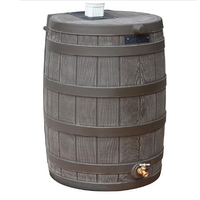9 expert tips on how to save water in your yard this summer
Beat the heatwave with water-saving tricks
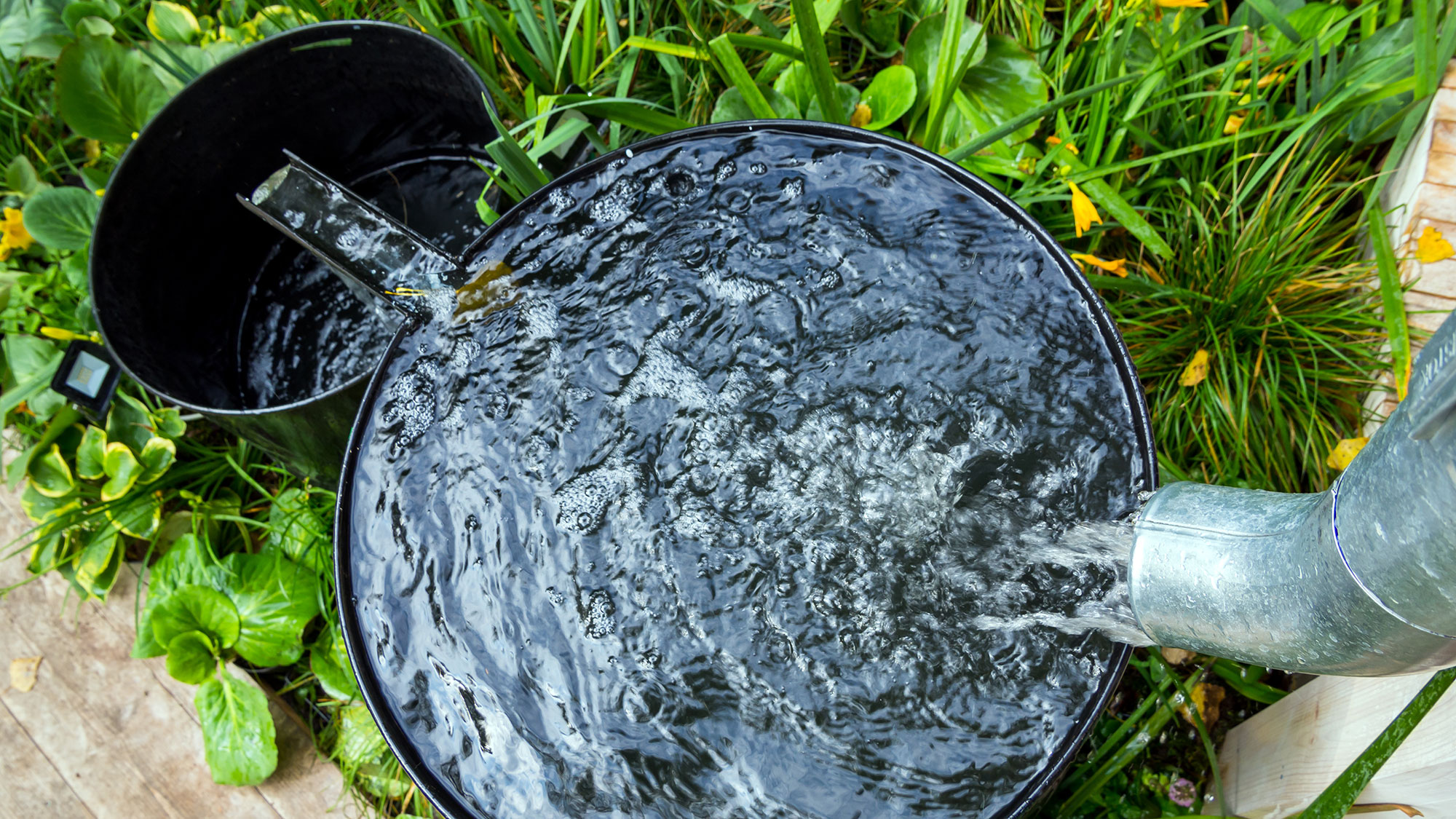
As we begin to experience hotter, dryer summers our yards come in for a beating. High temperatures can cause severe water loss, leading to lacklustre plants and turf, with roots that can’t access sufficient water to survive.
With insufficient rain, water reserves run low, too, limiting access to precious resources and forcing us to think of ways to prepare and conserve water before a heatwave.
With the help of experts, we take a look at how to save water in the garden during the summer, from tips on repairs, recycling and watering techniques.
You might also be interested in reading, Going on vacation? Experts share 9 tips for keeping your garden thriving while you’re away.
1. Check for leaks
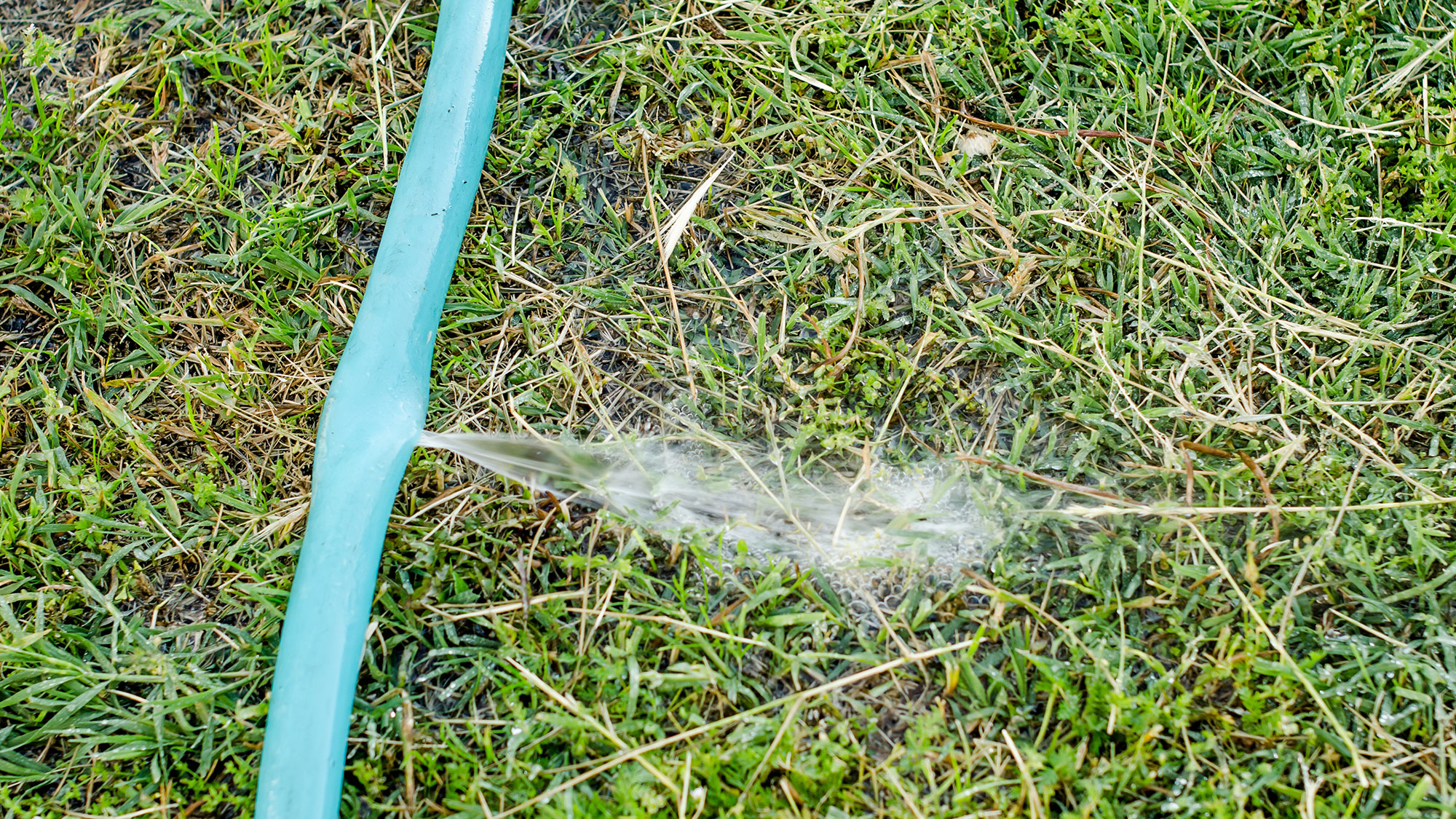
Outside water leaks can go unnoticed because we can’t hear the sound of a dripping faucet or spot a leaking hose like we would do inside. Although fixing a leak might seem like a small gain, repairing a fault will save gallons of water over time.
Amy Barker, head of marketing at 100Green says, “It can be easy to turn a blind eye to a dripping outside tap because it’s not inside your home, but a dripping tip could be wasting around 1,450 gallons of water a year.”
Rather than being a large job, if your faucet is dripping it’s likely to be a faulty washer. The goods news is that can be replaced at your local hardware store for a couple of dollars.
Sign up to get the BEST of Tom's Guide direct to your inbox.
Get instant access to breaking news, the hottest reviews, great deals and helpful tips.
Hoses can also be a source of leaks, which could be watering areas of your yard that don’t need extra moisture. According to the EPA, an irrigation system with a leak about the thickness of a dime can waste about 6,300 gallons of water per month.
So, as part of your regular yard maintenance, check your outside faucets, hoses, and other irrigation systems for leaks.
2. Avoid sprinklers
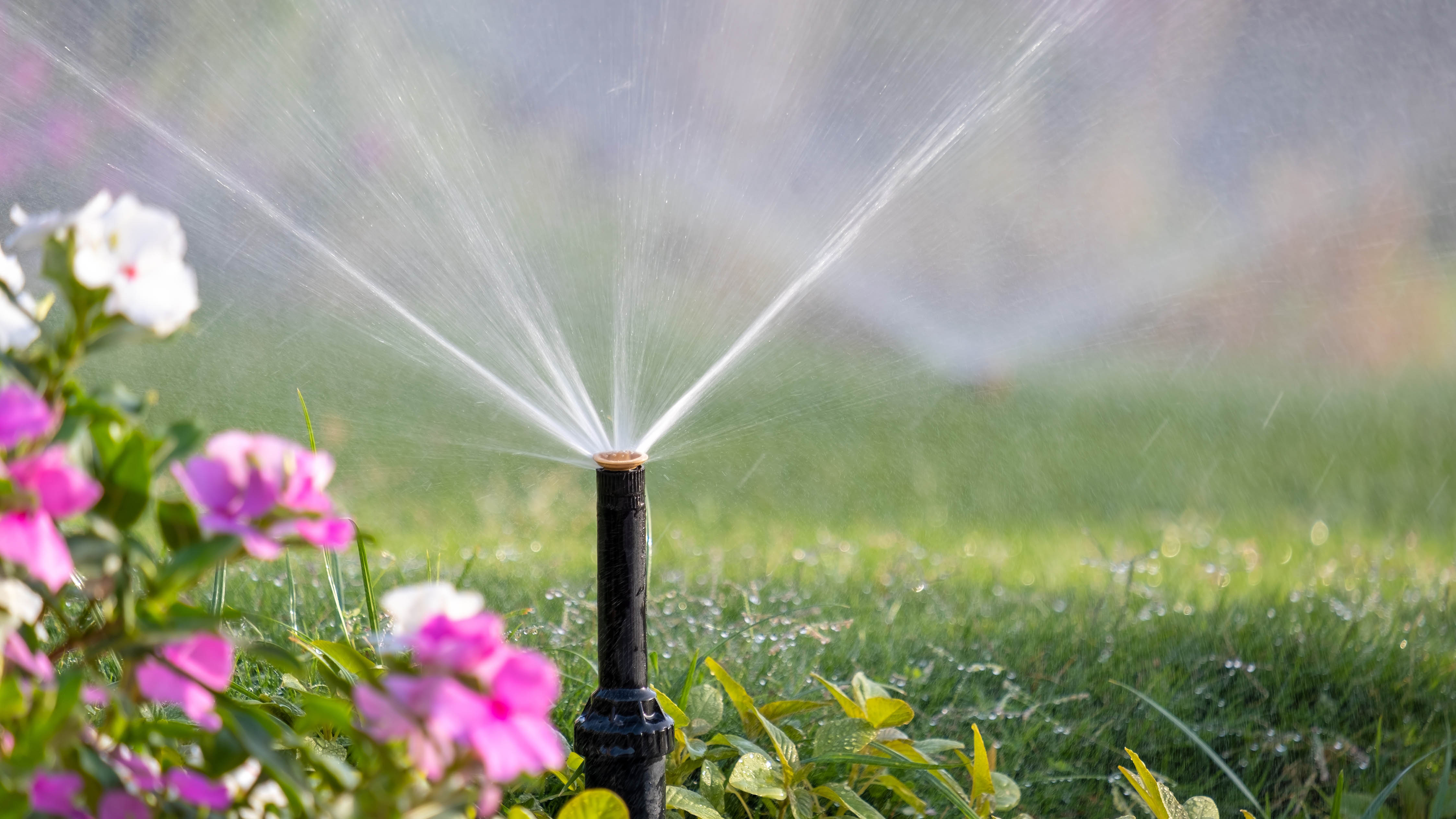
It’s tempting to keep our lawns green during the summer, but Barker, says, “Hoses and sprinklers typically use about 264 gallons of water an hour. That’s enough to fill about 12 baths.”
And although if you like a perfect lawn, it can be hard to watch it dry up, it will survive. “Grass is very hardy and even if it goes brown, when it rains again, it will quickly go green,” she adds.
So before you turn on your sprinkler think about how much water it will use and consider swapping to a watering can instead.
3. Optimise your watering time
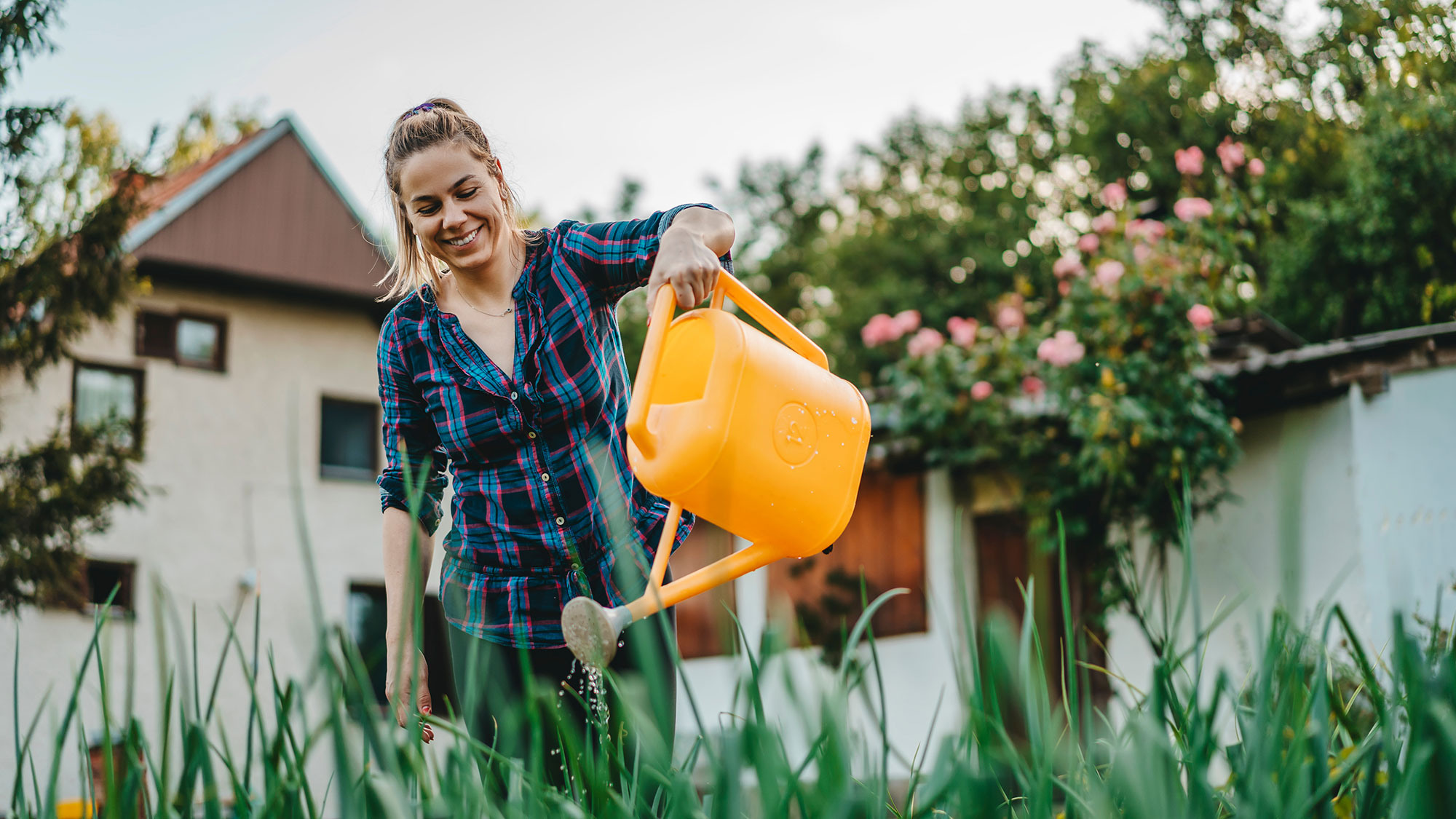
You need to be an early bird because the best time to water your garden is before the sun breaks out and the day starts to heat up. Jamie Shipley, gardening expert and managing director at Hedges Direct, says, “It will ensure that your plants have water when needed and reduce water loss through evaporation from the soil surface.”
However, this isn’t the only benefit of being selective about the times you water your plants. “When plants are watered in the peak heat of the day,” says Barker, “the sunshine on wet leaves can cause them to shrivel. So, your plants will also thank you for not scorching their leaves.”
4. Water deep to water wisely
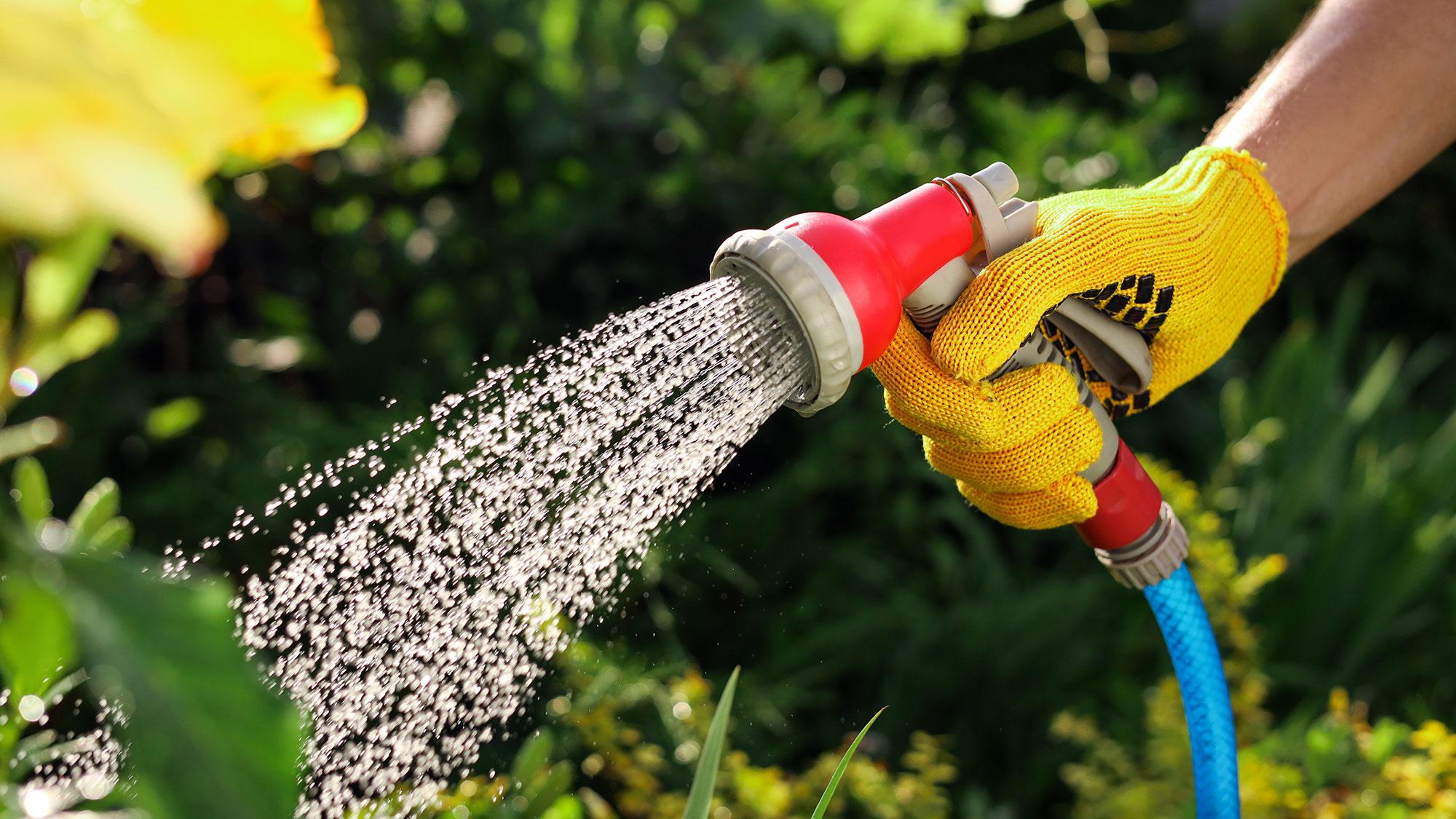
When you have access to water, Shipley says it’s best to water often but more deeply, which will also help encourage deep-root growth in your plants. Also, if water is sparse it’s best to prioritise what you water. “It’s especially important to give regular deep watering to newly planted trees and shrubs as they will need plenty of water in their first year to establish,” he adds.
5. Protect your plants to hold in moisture
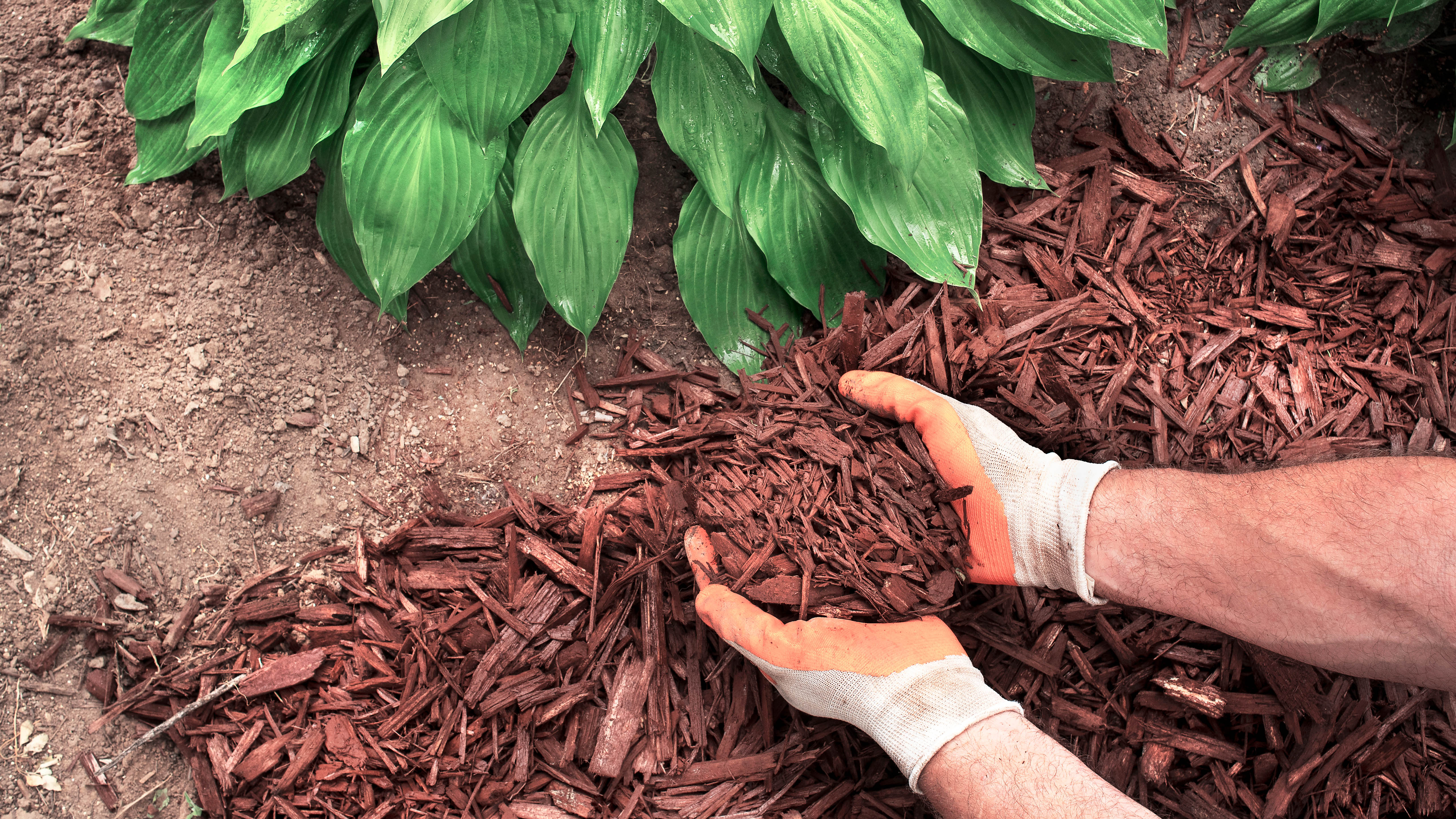
It might not be your choice to have a yard full of drought-tolerant plants that will survive a heatwave, but there are other methods to reduce the amount of water your plants need. One method is to apply a layer of mulch that will prevent moisture from evaporating — keeping it just where you want it. It also serves another purpose to keep the plant’s roots cool.
6. Harvest rainwater
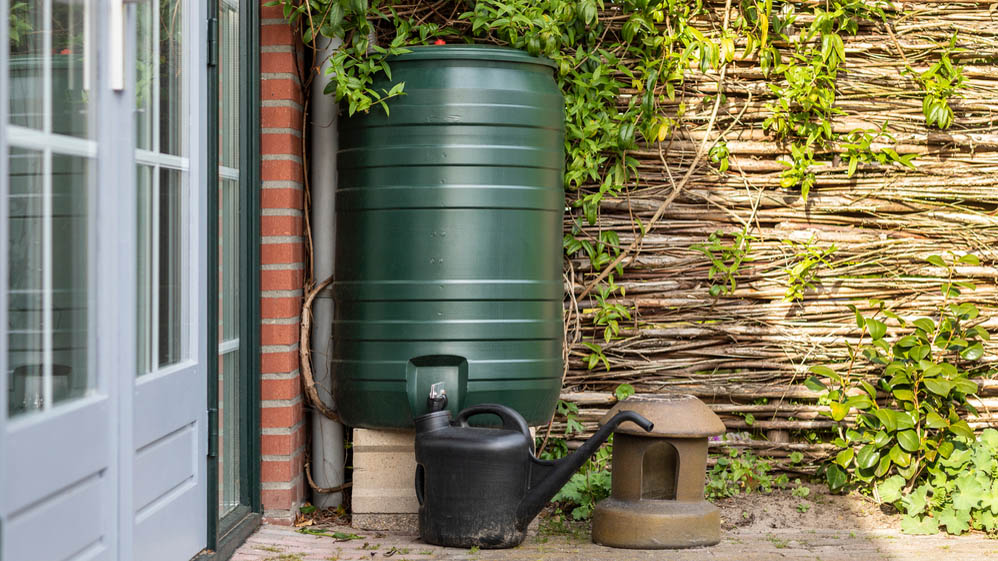
A rain barrel is an excellent way to collect rainwater before a dry summer. “They can be connected to your home’s guttering to collect the water from your rooftop instead of it going straight down the drain”, says Barker. A standard rain barrel will hold between 40-50 gallons of water.
Apart from connecting a rainwater barrel to your home, you can also connect one to a shed or outbuilding, as long as there is a gutter in place. Then, when water is short, you have a ready supply to use on your plants.
Good Ideas 50 Gallon Plastic Rain Barrel: $137 @ Amazon
This faux wooden rain barrel collects rainwater from your gutter and features a flat back design for easy storage against a wall. The barrel measures 22 inches wide and 31 inches high and is available in black, gray, green, khaki, oak and terracotta.
7. Try this paddling pool hack
If you’ve got children who like to splash in a paddling pool but shy away at the thought of cold water, Barker suggests trying the popular bin bag hack, which will save you constantly topping up the pool with warm water.
@mike_and_jam ♬ original sound - mike_and_jam
“Instead of wasting bin bags, opt for an old bit of tarpaulin or plastic paint sheeting and simply place it over the surface of the paddling pool water and leave it in the sun for about an hour. The sun is drawn to the black bags and heats the water, ” suggests Barker.
The result? It will save your legs, keep your kids happy and reduce water wastage.
8. Cover up pools and hot tubs at night
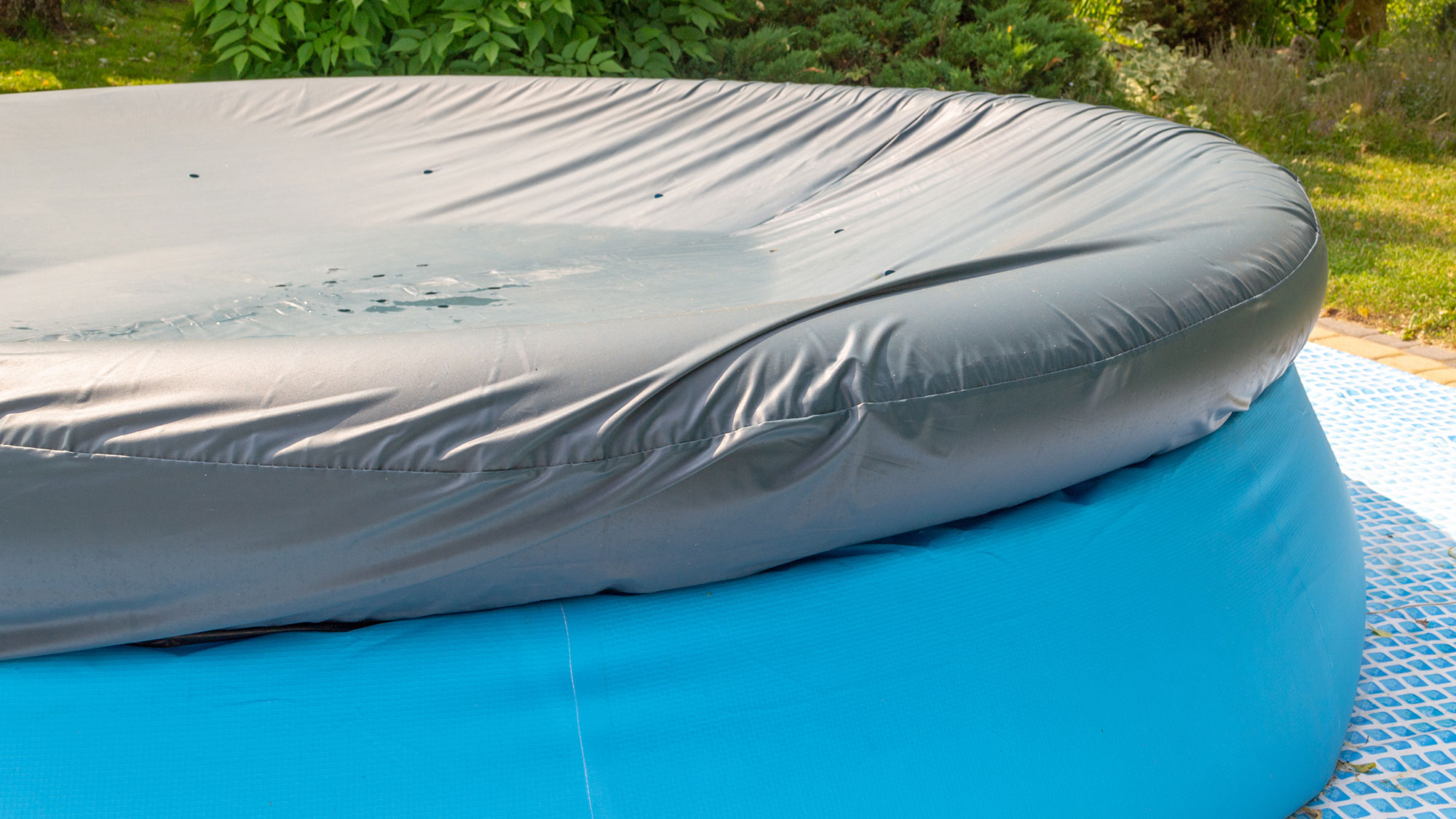
Paddling pools and the best inflatable hot tubs are popular additions to a backyard in the summer, giving you a space for children and adults alike to relax and have fun. However, although they can be a source of high water usage, there are ways to reduce the amount of times the water is replaced.
Simply placing a cover over the top will prevent debris entering the pool at night and turning the contents murky, while also keeping it safe for wildlife who might fancy taking a dip.
You might also be interested in discovering 7 things you need to know before using an inflatable hot tub.
9. Reuse gray water from your pools
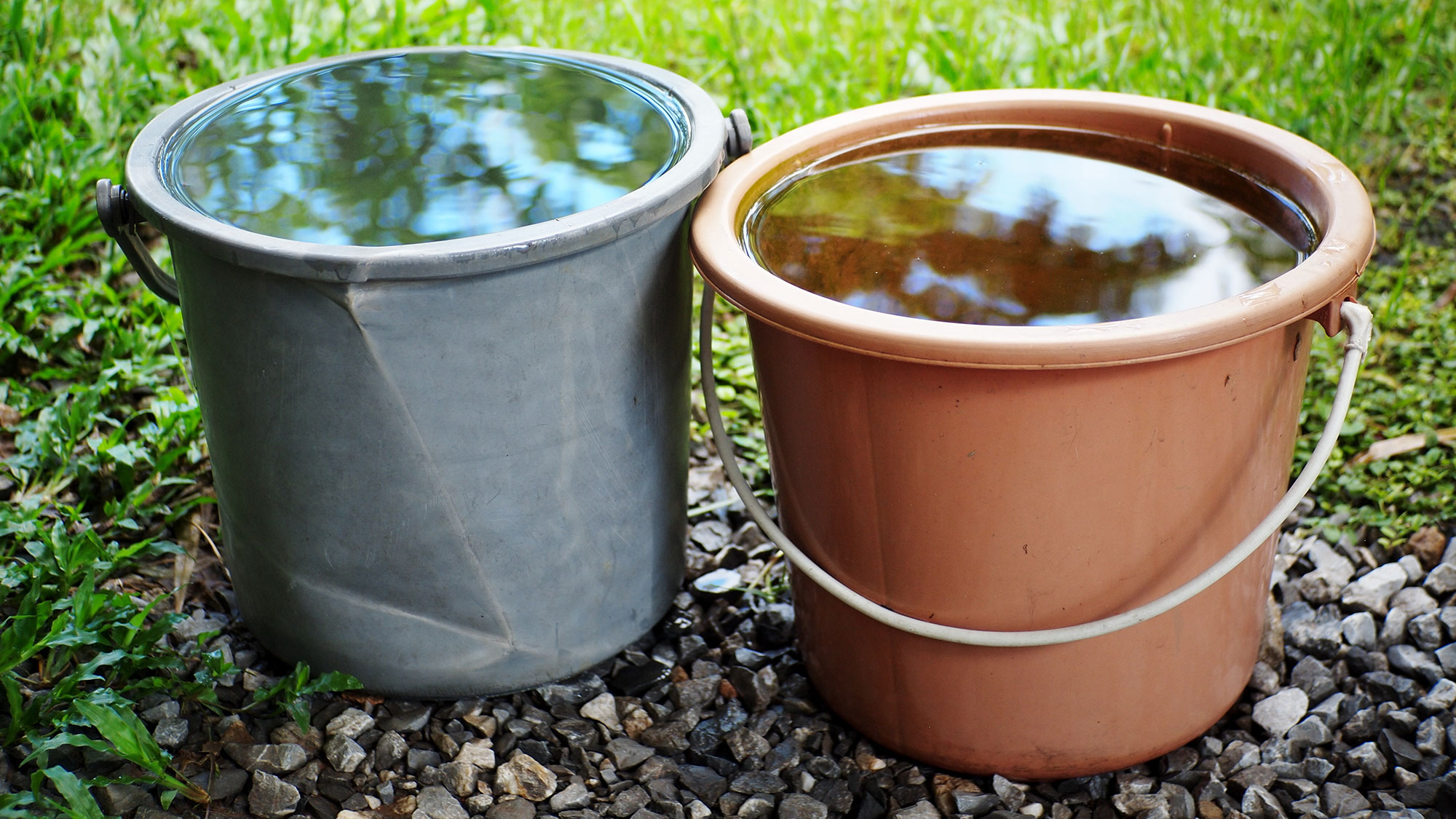
Once the time has come to replace the water in your pool, hold off from tipping it out onto your lawn. If the weather has been hot, the soil will also be compacted, and drainage will be poor. Instead of soaking into your lawn, the water will puddle on top. Instead, recycle the water and use it wisely to give your plants a drink.
More from Tom's Guide

Camilla Sharman has worked in publishing and marketing for over 30 years and has covered a wide range of sectors within the business and consumer industries both as a feature, content, and freelance writer.
As a business journalist, Camilla has researched articles for many different sectors from the jewellery industry to finance and tech, charities, and the arts. Whatever she’s covered, she enjoys delving deep and learning the ins and out of different topics, then conveying her research within engaging content that informs the reader. In her spare time, when she’s not in her kitchen experimenting with a new recipe, you’ll find her keeping fit at the gym. In the pool, stretching at a yoga class, or on a spin bike, exercise is her escape time. She also loves the great outdoors and if she’s not pottering about in her garden, she’ll be jumping on her bike for a gentle cycle ride.
